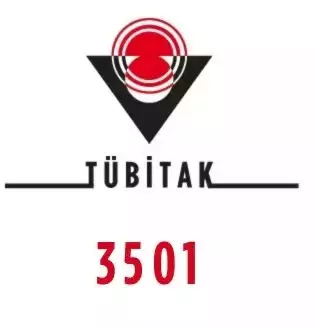Although neutral hydrogen (HI) structures were observed in specific early-type galaxies (van Gorkom et al. 1986; van Driel et al. 1991) in the past, these galaxies were traditionally characterized as "red and dead" until about 25 years ago. However, recent complete surveys, including ATLAS3D, have shown that early-type galaxies may exhibit HI structures in the form of disks or rings (Cappellari et al. 2011a; Serra et al. 2012, 2014). Despite these findings, the question of how HI structures in early-type galaxies are influenced by the gravitational forces of neighboring galaxies or their surrounding environments remains unresolved. Our project aims to address this open question by analyzing a selected group of early-type galaxies with over 100 hours of 1.4 GHz deep radio observational data available from the Westerbork Synthesis Radio Telescope (WSRT). We will examine the spatial distribution of HI structures in the selected early-type galaxies, focusing on the structure of the HI disk in their outer regions. We will also utilize deep optical images obtained in the g and r bands using the Canada-France-Hawaii Telescope (CFHT) to compare with deep radio data. With the help of different image processing techniques, we will obtain accurate and reliable colour profiles. This will allow us to compare our results with those obtained from the cosmological simulations. Additionally, the dust structures in the inner regions of early-type galaxies will be compared in terms of parameters such as spatial volume density and stellar population.
